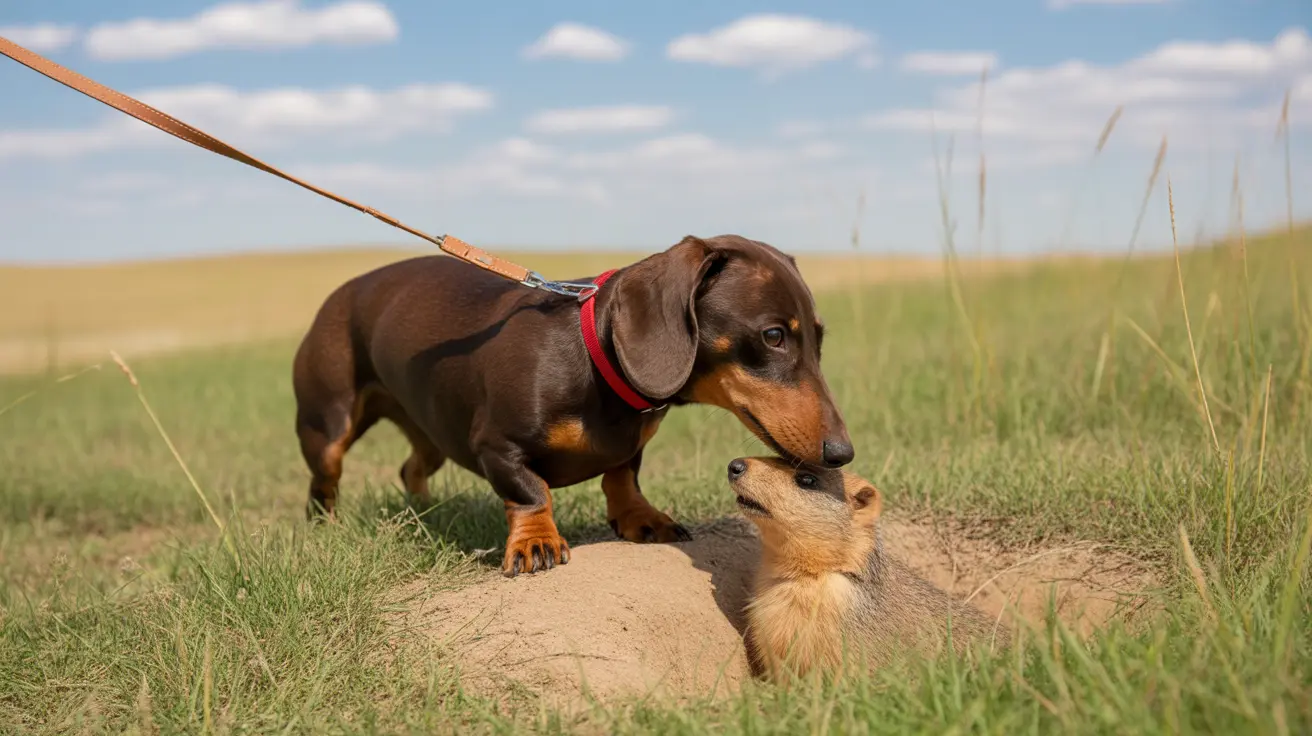Introduction
For many people encountering prairie dogs in the wild or near urban areas, a common question arises: are prairie dogs dangerous? While these social rodents might appear cute and generally avoid human contact, it's important to understand the potential risks they may pose. This comprehensive guide will explore the real dangers associated with prairie dogs, from disease transmission to environmental hazards, and provide essential safety information for both humans and pets.
Health Risks and Disease Transmission
The primary concern regarding prairie dog dangers comes from their potential to transmit diseases. Most notably, prairie dogs can carry sylvatic plague, caused by the same bacteria responsible for bubonic plague. However, human infections are remarkably rare - Colorado reported only seven plague cases linked to prairie dogs over a 65-year period.
The main transmission route for diseases is through infected fleas rather than direct contact with prairie dogs. These fleas can affect both humans and pets, making it crucial to take proper precautions when in or near prairie dog colonies.
Physical Hazards and Property Concerns
Prairie dogs create extensive burrow systems that can present physical hazards. Their colonies can cause:
- Ground instability and potential injury risks from collapsed burrows
- Damage to agricultural equipment
- Hazards for livestock that might step into burrow openings
- Structural problems for buildings and infrastructure near colony sites
Behavior and Direct Interactions
Despite their size, prairie dogs are not typically aggressive toward humans. They prefer to avoid confrontation and will usually retreat into their burrows when approached. However, like any wild animal, they may bite if cornered or handled, making it essential to maintain a safe distance.
Prairie dogs have sophisticated social structures and communication systems, using various alarm calls to warn others of potential threats. This behavior actually helps humans by providing early warning of their presence in an area.
Protecting Pets Around Prairie Dog Colonies
While prairie dogs rarely pose a direct threat to pets, secondary risks exist. The main concerns for pet owners include:
- Flea transmission from prairie dog colonies to pets
- Risk of pets contracting diseases through contact with infected fleas
- Physical injury risks from stepping into burrow holes
- Potential for confrontations if pets disturb prairie dog colonies
Safety Measures and Prevention
To minimize risks associated with prairie dogs:
- Avoid direct contact with prairie dogs and their burrows
- Use insect repellent in areas where prairie dogs are present
- Keep pets leashed and away from active colonies
- Watch for signs of sudden colony die-offs, which might indicate disease presence
- Maintain proper distance when observing or photographing prairie dogs
Frequently Asked Questions
Are prairie dogs dangerous to humans and pets if they are handled or kept as pets?
Yes, handling prairie dogs or keeping them as pets can be dangerous. They can transmit diseases through bites or infected fleas, and as wild animals, they may bite when stressed or threatened. It's best to avoid handling them and not keep them as pets.
How do prairie dogs spread diseases like plague and tularemia to humans?
Disease transmission primarily occurs through infected fleas that live on prairie dogs, rather than direct contact. The fleas can jump from prairie dogs to humans or pets, potentially transmitting diseases like plague or tularemia.
What precautions should I take if I live near or visit areas with prairie dog colonies?
Use insect repellent, wear long pants and closed shoes, avoid direct contact with prairie dogs or their burrows, and keep pets leashed. Watch where you step to avoid burrow holes, and report any sudden die-offs in prairie dog colonies to local authorities.
Can prairie dogs be a threat to pets, and how can I protect my pets from diseases they might carry?
While direct attacks are rare, pets can be at risk from infected fleas and physical injuries from burrow holes. Protect your pets by keeping them leashed, using veterinary-approved flea prevention, and avoiding areas with active prairie dog colonies.
How can I prevent prairie dogs from causing physical hazards, such as burrow holes, on my property?
Consult local wildlife authorities for approved management strategies. Some methods include installing barriers, maintaining regular property inspection, and using approved deterrents. Never attempt to poison or harm prairie dogs, as this is often illegal and can create additional health risks.
Conclusion
While prairie dogs can pose certain risks to humans and pets, these dangers are generally minimal when proper precautions are taken. Understanding their behavior, respecting their space, and following recommended safety measures can help ensure peaceful coexistence with these important members of North American ecosystems.






